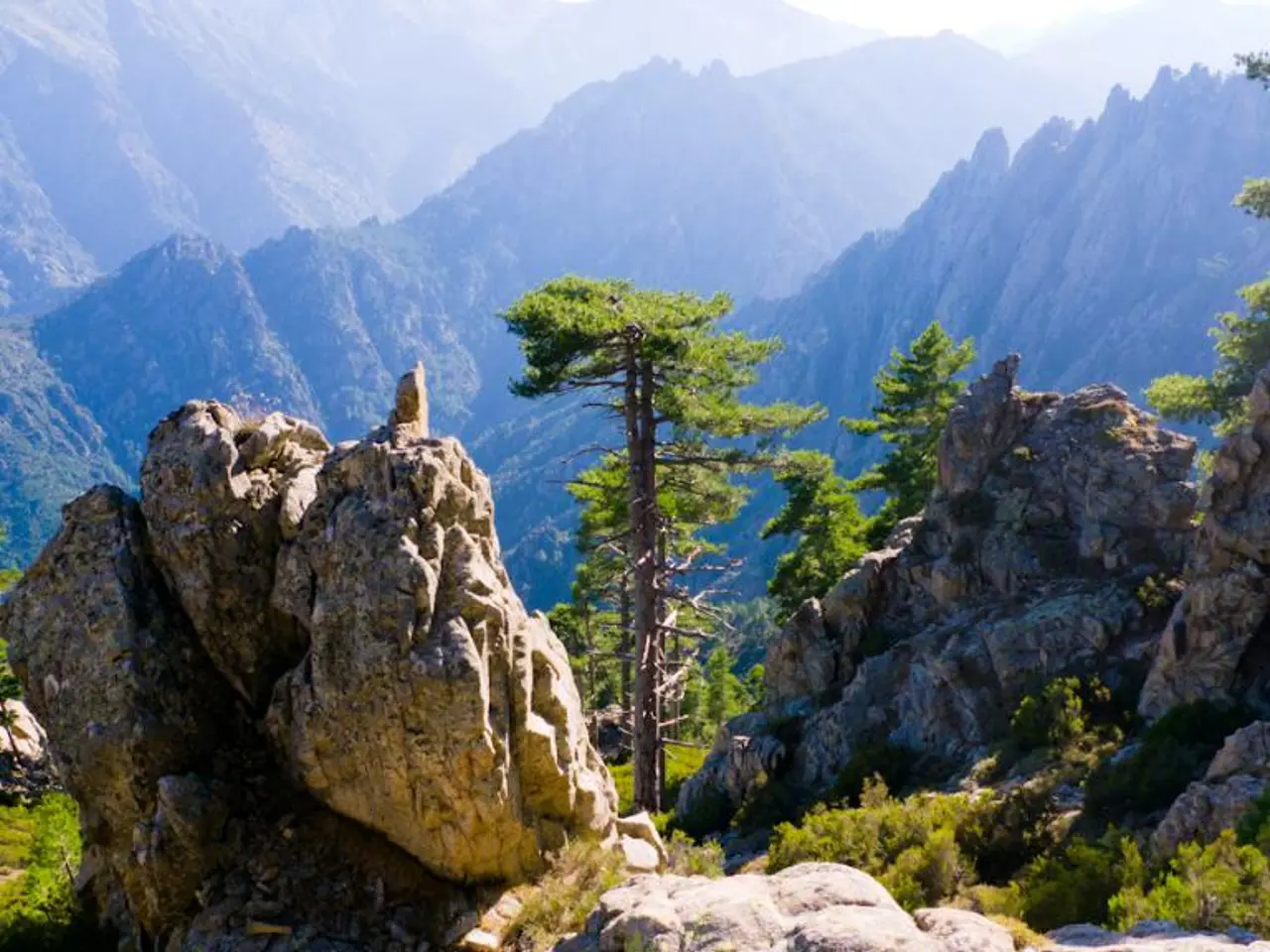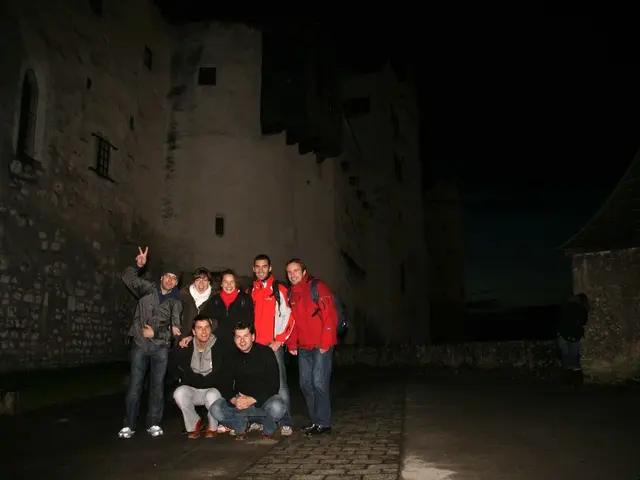Discover Valley Forge National Historical Park, a captivating testament to American history and resilience.
Valley Forge National Historical Park, nestled in Pennsylvania, presents a unique blend of geological and ecological wonders, making it an appealing destination for nature enthusiasts and history buffs alike.
The park's geology dates back to the Triassic period, around 210 million years ago, with remnants of this era found in the form of dinosaur tracks embedded in rocks within the park [1]. This fascinating discovery underscores the park's significance as a preserve of prehistoric life. The terrain varies from meadows and woodlands to the hilly trails on Mount Joy and Mount Misery, all shaped by natural geological processes over millions of years [3].
Valley Forge National Historical Park boasts a diverse ecosystem, covering approximately 3,500 acres of meadows and woodlands. The park is home to a variety of native wildlife typical of Eastern U.S. woodlands, including over 315 species of animals, 225 species of birds, smallmouth bass, carp, catfish, and a variety of butterfly species [2].
The park's diverse plant life includes dry Oak hardwood forests, Riverine Floodplain forests, and wetlands supporting a variety of shrubs and grass species. Running through the park are the Schuylkill River and Valley Creek, with the Schuylkill River floodplain having deep soils that support a great variety of floodplain forests [3].
Valley Forge National Historical Park offers numerous opportunities for exploration. Multiple guided tour options are available, such as ranger-led tours, trolley tours, and self-guiding automobile tours. The park's visitor centers offer demonstrations, films, concerts, plays, lectures, and special events [4].
The park's rich history is not to be overlooked. In 1777-1778, it served as the location of the Continental Army's winter encampment, and in 1893, the independent Valley Forge Park Commission was created to preserve, improve, and maintain the site where General George Washington's army encamped [5].
Valley Forge National Historical Park is easily accessible, with routes from Philadelphia, New Jersey, Baltimore, Wilmington, and other southeastern cities. From the New York and points northeast, visitors can reach the park via the Pennsylvania Turnpike, and from Pottstown and Reading, PA, and points northwest, the park can be reached via US 422 east [2].
Whether you're seeking a glimpse of prehistoric life, a chance to immerse yourself in history, or an opportunity to enjoy the great outdoors, Valley Forge National Historical Park offers an unforgettable experience. So pack a picnic, lace up your hiking boots, and prepare for a journey through time and nature.
[1] Geological Society of America. (n.d.). Dinosaur Tracks Found in Pennsylvania. Retrieved from https://www.geosociety.org/gsa/news/2015/02/dinosaur-tracks-found-in-pennsylvania
[2] National Park Service. (n.d.). Valley Forge National Historical Park. Retrieved from https://www.nps.gov/vafo/index.htm
[3] National Park Service. (n.d.). Valley Forge National Historical Park - Geology, Ecology, and Wildlife. Retrieved from https://www.nps.gov/vafo/learn/nature/index.htm
[4] National Park Service. (n.d.). Valley Forge National Historical Park - Visitor Centers. Retrieved from https://www.nps.gov/vafo/planyourvisit/visitorcenters.htm
[5] National Park Service. (n.d.). History & Culture. Retrieved from https://www.nps.gov/vafo/learn/historyculture/index.htm
- Exhibiting remnants from the Triassic period, Valley Forge National Historical Park features dinosaur tracks within its geological formations.
- The park's diverse ecosystem spans over 3,500 acres, supporting a variety of native wildlife, including over 315 animal species.
- Dry Oak hardwood forests, Riverine Floodplain forests, and wetlands housing numerous shrubs and grasses can be found within the park.
- The Schuylkill River and Valley Creek run through the park, with the Schuylkill River floodplain supporting a great variety of floodplain forests.
- Exploration opportunities abound in Valley Forge National Historical Park, with guided tours, demonstrations, films, and special events available.
- Steeped in history, the park was the site of the Continental Army's winter encampment in 1777-1778, and later, the independent Valley Forge Park Commission was created to preserve the site.
- Located in Pennsylvania, the park is easily accessible from various cities like Philadelphia, New Jersey, Baltimore, Wilmington, and more.
- Valley Forge National Historical Park offers visitors an unforgettable experience that merges prehistoric wonders, historical significance, and natural beauty.
- So, pack a picnic, lace up your hiking boots, and prepare for a journey through time and nature.
- Reading up on the park's geology, ecology, and wildlife will enhance your understanding of this unique destination.
- The park's historical significance extends to environmental-science and home-and-garden enthusiasts, as it showcases the intersection of human history and the natural environment.
- With hiking trails, terrain varying from meadows to hilly trails on Mount Joy and Mount Misery, the park offers diverse settings for an enjoyable outdoor lifestyle.
- For those interested in travel and exploring new places, Valley Forge National Historical Park should be a must-visit destination on a map of national parks across the states.





